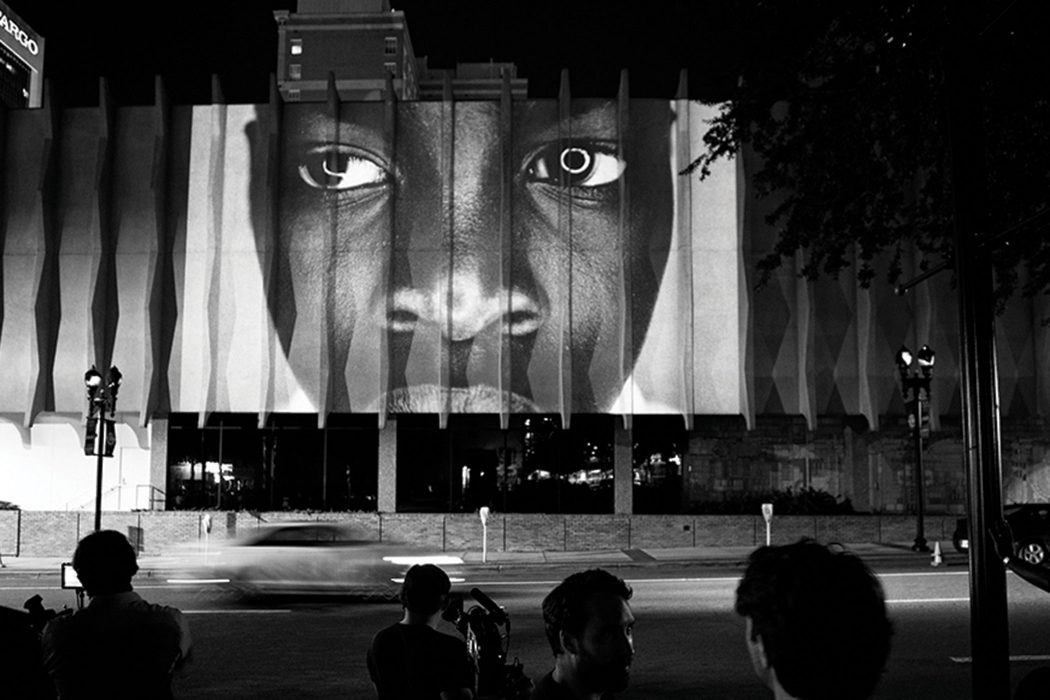The mid-century modern building surrounded by large concrete fins, at 40 E. Adams Street in downtown Jacksonville, has attracted attention for nearly 60 years. Opened on Nov. 29, 1964, the Haydon Burns Library escaped demolition forty years later when the Jessie Ball duPont Fund bought it. The Jessie, as it is now known, continues to live out the original vision that its architect, Taylor Hardwick, had for it as “a bright spot” that is contributing to the vibrancy of an urban environment.
Hardwick wrote in his book, Taylor Hardwick: 60 Years of Design, that he wanted his design of the building to attract people and create in them an interest to enter and find out what was going on inside. The Jessie continues to do just that, attracting a diverse group of people under its expanded vision by the Jessie Ball duPont Fund.
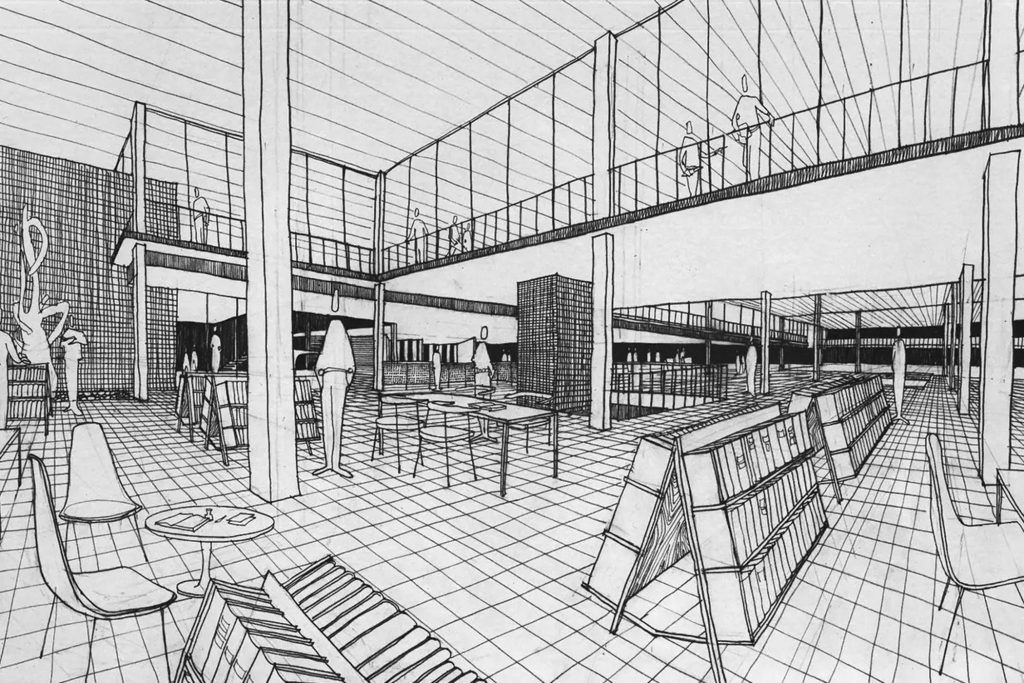
Once considered “odd-looking” by some Jacksonville residents, The Jessie’s architectural design took on new life as an exemplifying badge of the duPont Fund’s commitment to the community: regardless of how you look or who you are, you belong here. The nonprofit center hosts all manner of events and community conversations and is focused on placemaking as a welcoming space for everyone who walks through the door, especially for people who might not feel that they belong in other places in Jacksonville.

“From clients of our nonprofit tenants to people who finally see themselves represented in our public art, to the next generation of community leaders, to people who host their weddings here, everyone is welcome,” said Mark Walker, Director of the Jessie and Senior Program Officer for Jessie Ball duPont Fund.
The Jessie’s flagship program, Moving the Margins: Artist in Residence, is a quarterly artist-in-residence opportunity for underrepresented artists in partnership with 904WARD. During each exhibition, Moving the Margins facilitates a creative evening where art moves change. The hosted conversations with artists around community issues – such as homelessness, affordable housing and crime – facilitate dialogue about positive change.
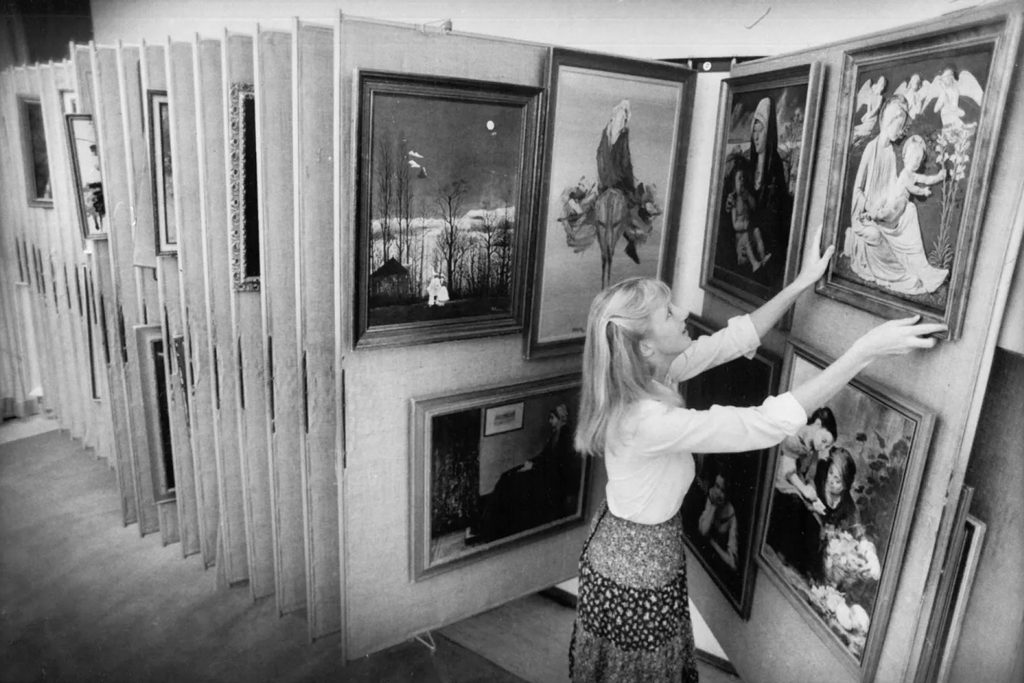
The building’s spaces lend themselves to accommodating a wide range of events: private parties, film festivals, galas, music series, business meetings and even weddings.
Connecting a Collaborative Community
Mark Walker, director of The Jessie, oversees administration and operations, as well as serving as senior program officer for Jessie Ball duPont Fund grantees in Jacksonville. He manages all aspects of the LEED-certified rental office building, which now has 29 tenants.
“The core of our business is providing below-market rates for our nonprofit tenants,” Walker said. “We offer Class A office space and state-of-the-art technology to create a space where they can afford to collaborate effectively. We can do that because we rent the building to tenants at break-even without generating profit for ourselves and generate revenue by renting the space to outside groups that want to host their events in our building.”

“For the duPont Fund, The Jessie is an asset, along with our grantmaking and impact-investing work, that helps us achieve our mission in Jacksonville,” Walker said. “The tenants are highly impactful in our community partly because they’re able to operate in a Class A facility and cooperate with each other.”
“Access to business leaders, nonprofit partners and peer organizations, along with being centrally located for our board of directors is a tangible benefit,” said Eric Mann, president and CEO of the YMCA’s Florida First Coast.
“As an organization co-located at The Jessie with the Nonprofit Center for Northeast Florida, we can access their multiple programs designed around very topical issues of importance to the tenants, who share best practices among one another,” said Bill Haley, Family Foundations of Northeast Florida’s president and CEO.
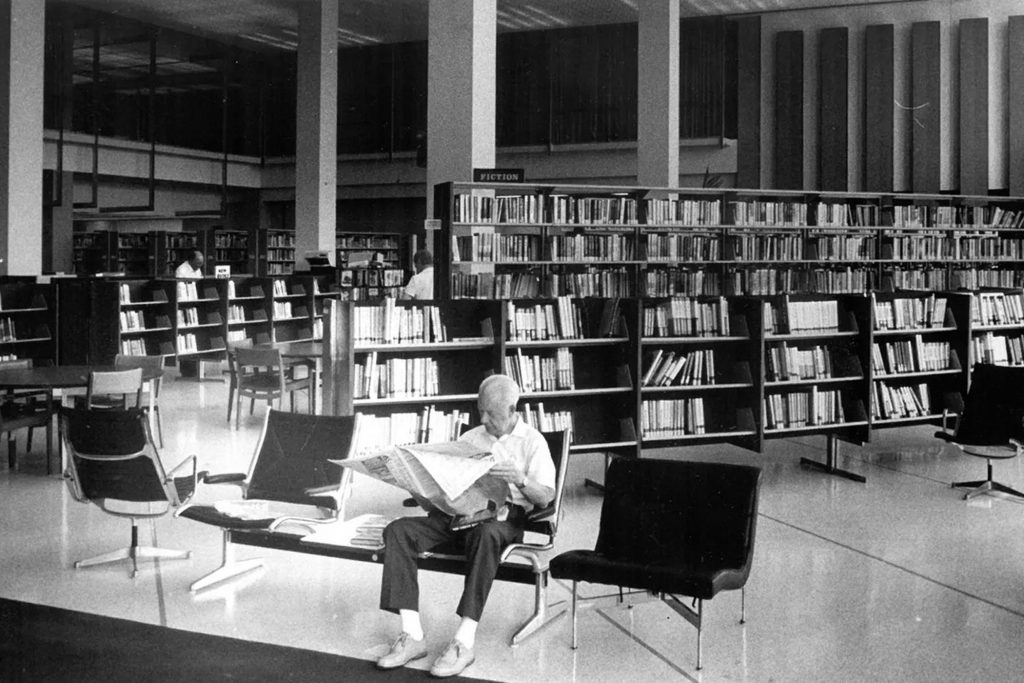
Family Foundations and Eckerd Connects are examples of two nonprofit tenants that often work together to help clients. Family Foundations offers tools, skills, support and solutions for families and individuals to benefit by translating financial knowledge into better financial behaviors. Eckerd Connects’ Workforce Development provides a network of community services to give participants the skills needed to further their education or obtain jobs in today’s competitive labor market.
“Sometimes clients come to Bill Haley for counseling, and he realizes they have literacy challenges or need to achieve GEDs or get into a trade program,” Walker said. “He can refer them to Eckerd Connects for help.”

“The Jessie provided new options for adult learners to participate in continuing education and also launched a formal digital literacy curriculum,” said Marcus Hale, CEO for the Literacy Alliance of Northeast Florida. His organization’s location in The Jessie has enabled the other nonprofit tenants to refer their own participants into the Literacy Alliance adult education classes.
“That ease of access led to more than double growth in enrollment since moving into The Jessie,” he said.
Built to Be Better
The Haydon Burns Library, named after Mayor Haydon Burns, the longest standing mayor in Jacksonville (1949-1965) and Governor of Florida (1965-1967), was opened on Nov. 29, 1964, at 122 N. Ocean St. It was the city’s second public library, the first one having been the Jacksonville Free Public Library, opened in 1905 as the first tax-supported library in Florida.
Serving as a true “anchor institution” in downtown Jacksonville for four decades, it is remembered by thousands of residents who attended performances in the second-floor theater, affectionately called the “puppet theater” because of the puppet shows performed there. Many recall the “children’s room” on the second floor and the stacks in the basement.
The original structure was designed to be both aesthetic and useful; in its renovation, both were preserved, yet adapted to meet modern needs.
The Jessie Ball duPont Fund worked with local architectural firm KBJ on the renovation. From 2013 to 2016, Brooke Robbins was the project architect and manager through multiple tenant build-out packages before she started her own firm, Robbins Design Studio. Her offices are in The Jessie, and she has continued as the resident architect for the building.

“As an architectural project, the adaptive reuse of an abandoned building showed that these historic structures are viable and deserve to be adapted for new uses,” Robbins said. “They provide an important element in the fabric of the downtown Jacksonville cityscape by acknowledging our architectural history and helping create a visual diversity to the environment.”
The duPont Fund focuses on making The Jessie a healthy, efficient and cost-saving green building. The 88 concrete fins that surround the building provide structural support but also affect winds and shadows, helping to cool the building. The south façade, at the corner of Forsyth and Ocean streets, features gardens and tree wells, accommodating the eight-foot slope of the site from north to south.
A cistern and pump are part of a system that captures rainwater from the roof, filters and stores it in the cistern, and then pumps it to irrigate the gardens around and on the roof of the building.
The building is wrapped in panels of tiny Italian glass tiles in shades of blue, green and yellow. During renovation, local collectors returned thousands of the tiles that had fallen from the building through the years so they could be used in the renovation. An elaborate glazed brick mural surrounds the east elevator tower. Designed by local artist Ann Williams, the mural’s exterior wall is yellow and faces Ocean Street.
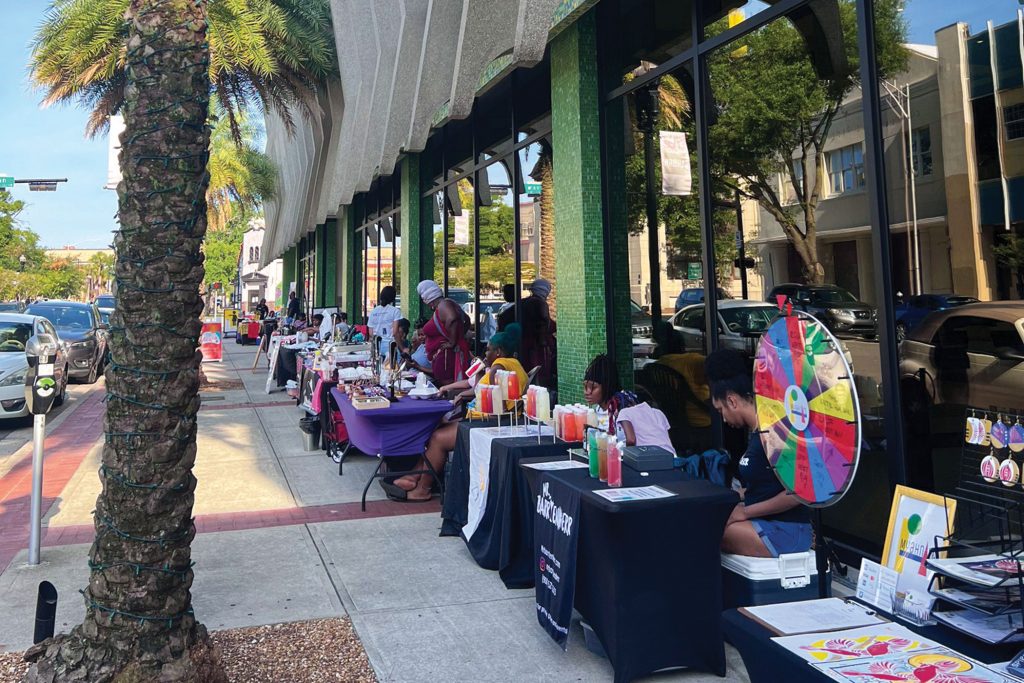
Filled with bright colors and awash in light, The Jessie’s 120,000 square feet of space fills four floors – three above-ground and one below. Brightly colored clouds over the reception desk improve acoustics and add visual punch.
From the details in its design to the innovation in its intent, The Jessie stands as a flagship beacon for the people of Jacksonville to remember that our histories matter, our collaborations make us stronger, and our adaptability makes us resilient.

